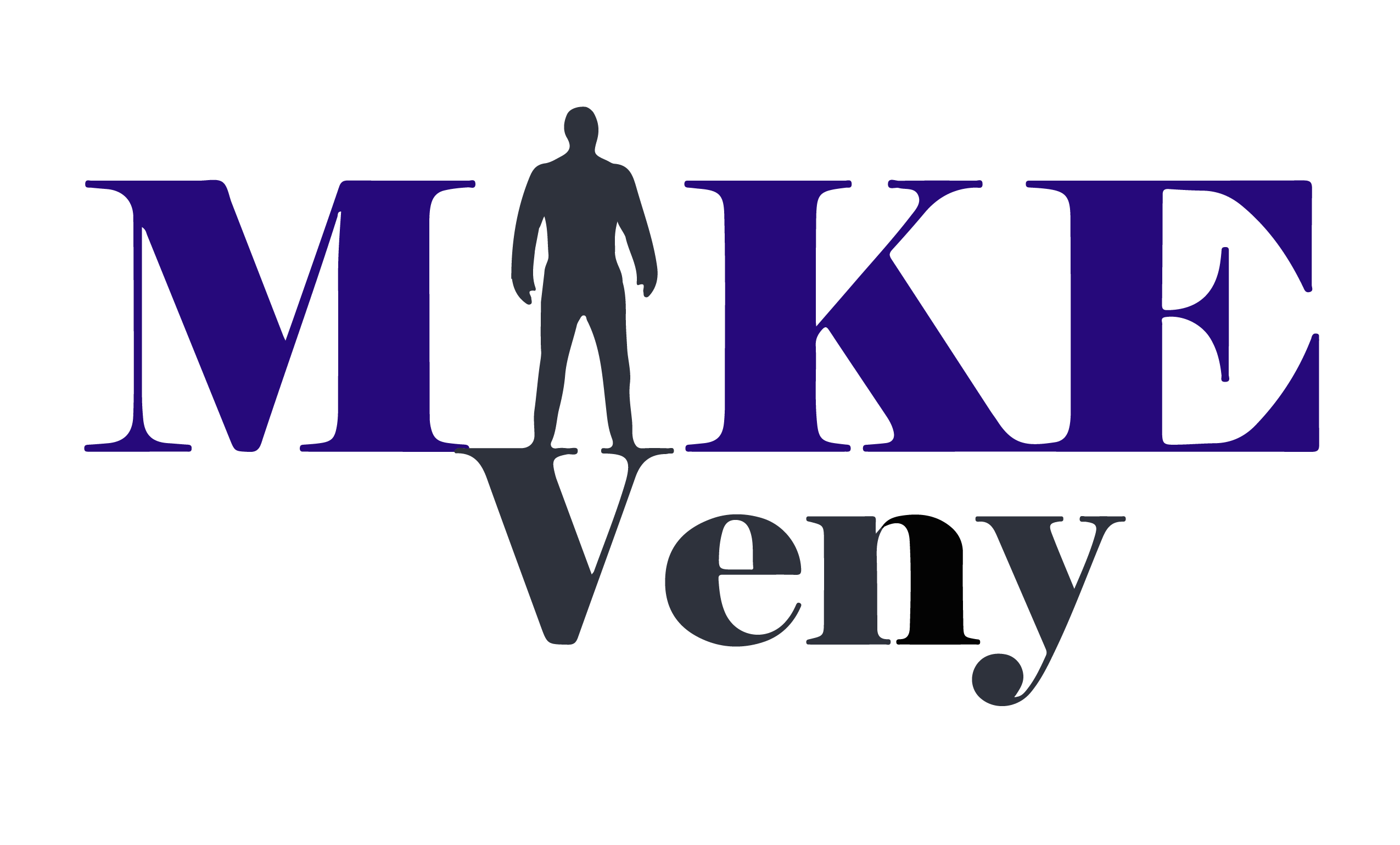Mental illness is as prevalent in the U.S. as elsewhere on the globe. Currently, more than 68 million Americans have experienced a substance abuse or psychiatric disorder in 2016. The total number of people is more than 20 percent of the entire population.
In spite of the progress recently made in public awareness and medical research, ensuring consistent advocacy of mental health causes is a challenge for patients and physicians alike. It is further complicated, and unnecessarily so, by a fragmented reimbursement and delivery system, workforce shortages, regulatory barriers, and enduring stigma surrounding substance use and mental health disorders. All of these led to the desperate need for the Mental Health Reform Act of 2016.
mental health act of 2016 summary
To this end, various legislators introduced the Act in the House of Representatives and the Senate. The initial proposal originated as a means to address some of the challenges facing mental health. It would achieve these goals through the promotion of research activities and psychiatric care based on evidence, as well as enforce improved coordination of the mental health resources available at the federal level. Similarly, the Act is crafted in such a way that it will adequately address the shortage in the psychiatric workforce all the while improving mental health parity enforcement.
How it Works
Otherwise referred to as S. 2680, the Mental Health Reform Act of 2016, in tandem with the Helping Families in Mental Health Crisis Act of 2015 (H.R. 2646) will attract investments and improvements in the national mental health system through the:
Implementation
First, both these acts will lead to the implementation of fundamental structural reforms. These would be in clinician leadership across federal agencies and departments. By so doing, the 2016 Mental Health Act will ensure evidence-based and science-driven approaches to the care of persons suffering from substance use and mental illness.
Establishment
In the same way, the Mental Health Reform Act of 2016 will establish new efforts and support existing efforts surrounding the addressing of critical shortages of mental health practitioners and psychiatrists. It will also lead to growth in the next generation of professionals in the sector.
Enforcement
It will also improve the implementation of the earlier-passed Mental Health Parity and Addiction Equity Act through requirements for annual reports to be made to Congress on compliance investigations for various federal departments dealing with mental health. Similarly, the Government Accountability Office will be required to investigate these agencies for compliance with the parity law.
Funding
Over and above everything else, the Act will support funding for more innovative models of mental health care, particularly those with the power and potential to reduce the long-term disability of individuals suffering from severe mental illness. One of these models is the RAISE (Recovery After an Initial Schizophrenia Episode) program which is designed to help those with schizophrenia to ensure they can lead productive, fulfilling, and independent lives without negatively affecting public systems.
Understanding the New Mental Health Law
On December 13th, 2016, President Obama signed the Mental Health Reform Act of 2016 into law. This law is a component of the 21st Century Cures Act (Number H.R. 34). By including this law with the larger act, the president ensured that the work of the tons of mental health advocates paid off. Thanks to the efforts made, the tweets and emails sent, and the phone calls to members of Congress, more Americans will now be able to gain easy access to mental health care.
According to Mary Giliberti, the CEO of the National Alliance on Mental Illness (NAMI),
“this achievement is a huge step towards the right direction, both for Congress and for the mental health sector.”
She further said that the vote in the Senate and the House goes to show the overwhelming support across the board for the cause that so many mental health practitioners and patients hold dear to their hearts.
So, how will this Law be of assistance to people suffering from various mental health issues? For starters, it will improve program coordination and integration across those federal agencies that have the responsibility of providing services to people with mental health challenges. At the same time, the Act will remove the barriers that have traditionally existed for those seeking proper mental health care. It will, also, address the particular needs of people with mental illness who sometimes end up becoming entangled with the criminal justice system.
Not surprisingly, the Mental Health Reform Act of 2016 will also:
- Ensure more lives are saved through the combating of suicide in communities and schools.
- Increase the workforce in the mental health sector to ensure that there are more professionals trained to be of assistance.
- Strengthen enforcement of the broader mental health parity law in such a way that health plans will now be accountable for the coverage that their customers purchase.
- Invest in early intervention programs to make sure that individuals receive proper mental health care when they solely need it.
- Invest resources to keep people suffering from poor mental health in treatment and out of jails.
A Closer Look at the Act
More than half of those with various mental health conditions have been making do without essential support and services. Others have to contend with only receiving minimal care. To this end, the Mental Health Reform Act of 2016 was long overdue.
The Senate and the House finally agreed on the need for reforms in the mental health sector. As a result of this rare agreement opportunity, several bills became part of the discussion. All of them had positive provisions designed to help push forward the reform of the sector. Ultimately, they wound up in the passing of the Act into federal law.
According to Tim Murphy, a Representative,
“the passing of the Mental Health Reform Act of 2016 was effective by the phone calls made and letters sent to Congress – all of which compelled the August House to do something speedy and effective about mental health.”
The first Act, numbered H.R. 2646 will:
- Strengthen crisis response systems in communities to ensure individuals suffering from psychiatric conditions can receive help as soon as possible to prevent their status from escalating.
- Provide highly specialized training and education to first responders, corrections officers, and law enforcement, particularly with regard to responding to individuals displaying mental illness.
- Provide grants for the enhancement of crisis response services, for the support of ACT programs, and for the development of private beds and psychiatric inpatient tracking.
- Support the workforce in the mental health sector to ensure that there are more trained professionals to provide assistance when needed.
- Include pediatric mental health workers in the loan repayment program by the National Health Service Corps.
- Create a Minority Fellowship Program.
- Afford liability protection for volunteer mental health professionals.
- Provide grants for peer professional workforce training and pediatric mental health consultations via phone, also covering recovery coaches and peer support specialists.
- Promote early intervention.
- Support the integration of mental health and general health care so more individuals can receive care for the treatment of the whole person and not just for one condition.
- Permit the billing of substance use, mental health, and health services by Medicaid – particularly those provided on the same day in one facility
- Support promising evidence-based practices.
- Provide grants for the evaluation of promising mental health care models as well as for the expansion of evidence-based programs for recovery, treatment, diagnosis, and prevention services.
- Clarify mental health privacy laws so individuals, families, and mental health professionals are aware of their rights.
In Summary
To summarize the Mental Health Reform Act of 2016 further, it is clear that the Act will require funding. The process will be authorized through the General Cures Act to ensure that the new provisions get their funding effectively. However, all of the money allocated will be line items on Congress’s annual budgets.
To be clear, this means that even though Congress authorized such federal spending, it is yet to provide the money. Whereas most of the components of the Act will end up with funding as stipulated in the Cures Act, many elements might discover that they will have funding cuts. These decisions will vary due to the fact Congress is still trying to rein in the crippling deficit.
Regardless, the Mental Health Reform Act of 2016 will – to a large extent – address most of the problems affecting the mental health care sector in the country. It will, for instance, fix some of the fundamental underlying issues all the while attempting to rebuild the national mental health system in its entirety.
It also focuses on individuals with specific mental health challenges and circumstances. These include the homeless, those in jail, those at risk of committing suicide, and those suffering from psychosis. By so doing, the Act seeks to help those who are most vulnerable to mental illness.
Over and above everything else, the Mental Health Reform Act of 2016 is going to kick-start the process of applying useful fixes in the national mental health sector. It will hopefully alleviate immediate problems, all the while working towards dealing with such issues facing mental health patients as access to trained mental health practitioners and the integration of primary care with mental health needs.



